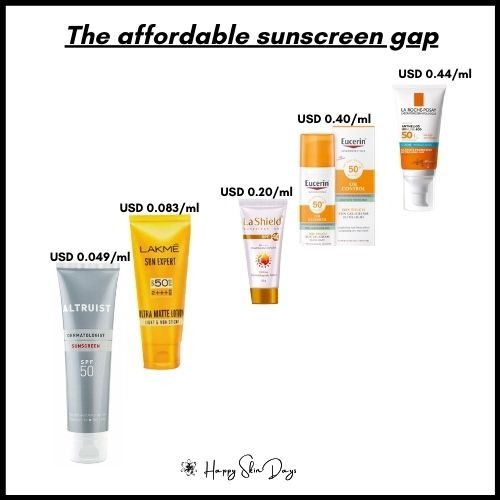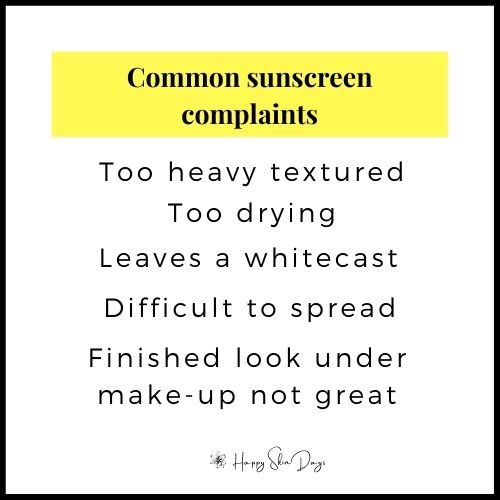The first part of this series is available at this link
This blog is the second part. I would love to hear your views and how useful you found this. Email me at an
Trend five: European sunscreens keep making incremental improvements in sunscreen development
European sunscreens are light years ahead of American sunscreens in terms of efficacy, which is old news. However, newer European sunscreens are using old and new sunscreen filters to create more coverage in the UVA region, producing what I suspect is better UVA and UVB protection.
For example, here are Altruist filters, which are a combination of mainly strong UVB filters strong UVA filters and broadspectrum filters.

There are few break-through sunscreen innovations in terms of filters. In Europe, the only notable exception is L’Oreal with its work on La Roche-Posay filters. Recently it announced successful trials of UVMune 400, a sun filtering technology, that covers ultra-long UVA.
Trend six: Sunscreens are still expensive in the USA and Europe
Affordable sunscreen in countries such as the US, Australia and in Europe are a myth. These regions have one of the highest incidences of skin cancer but (at least in the US) affordability deters lower income groups from using sunscreen. Sunscreen should be perceived as a public health need and its not.

Trend seven: Cosmetic innovation means that the aesthetic appeal of sunscreens in improving
Just a few years ago, the sunscreens in the American and European market were still shockingly inadequate in their aesthetic appeal.

Now, thanks to nano-technology I have been able to find some sunscreens which are amazing to use.
No 1 on that list is prevage’s city shield, which costs anywhere between US$ 70 and US$ 100. On the mineral sunscreen side, La Shield, supergoop and sunbum make excellent aesthetically pleasing sunscreens.
Trend eight: Actives are increasingly finding their way into sunscreen products
(And really you should not pay the extra price https://www.vogue.in/beauty/content/the-10-best-active-ingredient-sunscreens-to-help-protect-you-from-summer-heat)

Well formulated sunscreens have anti-oxidants (e.g.) Ecotin, Vitamin E, Vitamin C as part of the strategy of the sunscreen to protect against UV radiation.
UV radiation stimulates reactive oxygen species at a cellular level and this is the first step of photo-damage. The skin has its own set of anti-oxidants which counter these – but many products have anti-oxidants to counter ROS.
For me, this is part of protecting against sun0damage.
However, increasingly, I see more actives such as (e.g.) Niacinamide incorporated into sunscreens.
Manufacturers use this to justify a higher price.
As a cosmetic formulator I know that Niacinamide is only active at certain pHs and actually getting the pH balance correct in a sunscreen where there are SO MANY ingredients is really really difficult.
By default, I assume that Niacinamide is just inactive in such sunscreens and I am paying extra for no reason.
If you are buying sunscreen, a pretty complicated product to make, is used to protect your skin against UV radiation, then buy just sunscreen. (One of the consideration is (e.g.) which filters to use; how to make the filters soluble in water or oil; how do the filters interact with each other in the mix?)
That’s it from me for now!
